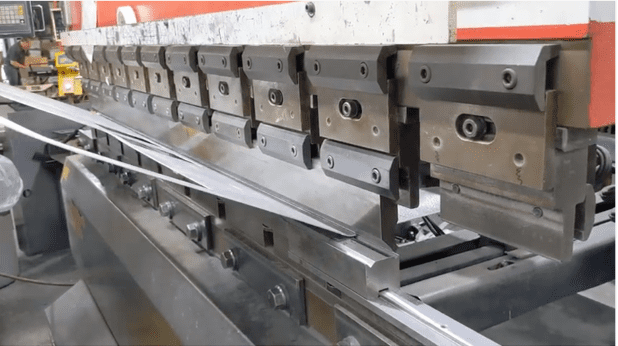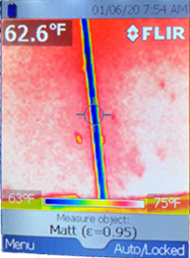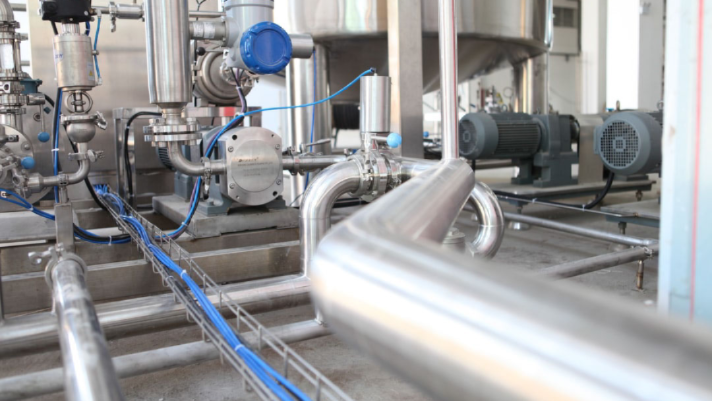Maximizing Geotextile Screw Applications for Superior Infrastructure Stability
Geotextile screws have become indispensable tools in the construction industry, particularly in infrastructure projects where stability and longevity are paramount. These innovative fasteners offer a secure and efficient method for anchoring geotextile fabrics, providing enhanced reinforcement and erosion control. In this article, we’ll delve into the intricacies of geotextile screws, addressing common questions and uncovering their benefits in geotechnical applications.

What are geotextile screws, and how do they work?
Geotextile screws are specialized fasteners designed for securing geotextile fabrics to various surfaces, such as soil, concrete, or timber. They typically consist of a durable screw body with a wide head, providing ample surface area for gripping the fabric securely. The screw threads penetrate the geotextile and embed into the underlying substrate, creating a strong and reliable connection that resists pull-out forces.
What are the advantages of using geotextile screws over traditional anchoring methods?
Geotextile screws offer several advantages over traditional anchoring methods, including:
- Enhanced Stability: The unique design of geotextile screws ensures superior stability and resistance to displacement, even in challenging soil conditions.
- Time and Cost Efficiency: Compared to labor-intensive methods like trenching or chemical adhesives, geotextile screws can be installed quickly and economically, reducing project timelines and costs.
- Versatility: Geotextile screws can be used in a wide range of applications, from slope stabilization and erosion control to retaining wall construction and landscaping projects.
- Longevity: The robust construction of geotextile screws ensures long-term performance and durability, minimizing the need for maintenance or replacement.
How are geotextile screws utilized in geotechnical applications?
Geotextile screws find widespread use in various geotechnical applications, including:
- Soil Stabilization: Geotextile screws are employed to secure geotextile fabrics in soil stabilization projects, preventing erosion and promoting vegetation growth.
- Retaining Wall Construction: Geotextile screws play a crucial role in anchoring geotextile reinforcement layers to retaining walls, enhancing their structural integrity and stability.
- Landscaping and Hardscaping: In landscaping projects, geotextile screws are utilized to secure geotextile barriers for weed control and moisture retention, ensuring the longevity of plantings and hardscape elements.
- Erosion Control: Geotextile screws are instrumental in erosion control measures, securing geotextile blankets or mats on slopes, riverbanks, and shorelines to mitigate erosion and sedimentation.
What considerations should be taken into account when selecting geotextile screws for a project?
When selecting geotextile screws for a project, several factors should be considered, including:
- Soil Conditions: The type and characteristics of the soil will influence the choice of geotextile screws, as different soils may require specific screw designs or lengths for optimal performance.
- Load Requirements: The anticipated loads and stresses on the geotextile system should be carefully evaluated to ensure that the selected screws can provide adequate anchorage and stability.
- Environmental Factors: Factors such as exposure to moisture, chemicals, or extreme temperatures may impact the performance of geotextile screws, necessitating the use of corrosion-resistant materials or protective coatings.
- Installation Method: The installation method and equipment available on-site should be compatible with the chosen geotextile screw system, ensuring efficient and accurate installation.
Geotextile screws offer a versatile and efficient solution for anchoring geotextile fabrics in various geotechnical applications. Their robust design, ease of installation, and superior performance make them indispensable tools for enhancing infrastructure stability and longevity. By understanding the benefits and considerations associated with geotextile screws, engineers and contractors can maximize their effectiveness in soil stabilization, erosion control, and other critical projects, ensuring sustainable and resilient infrastructure for years to come.





